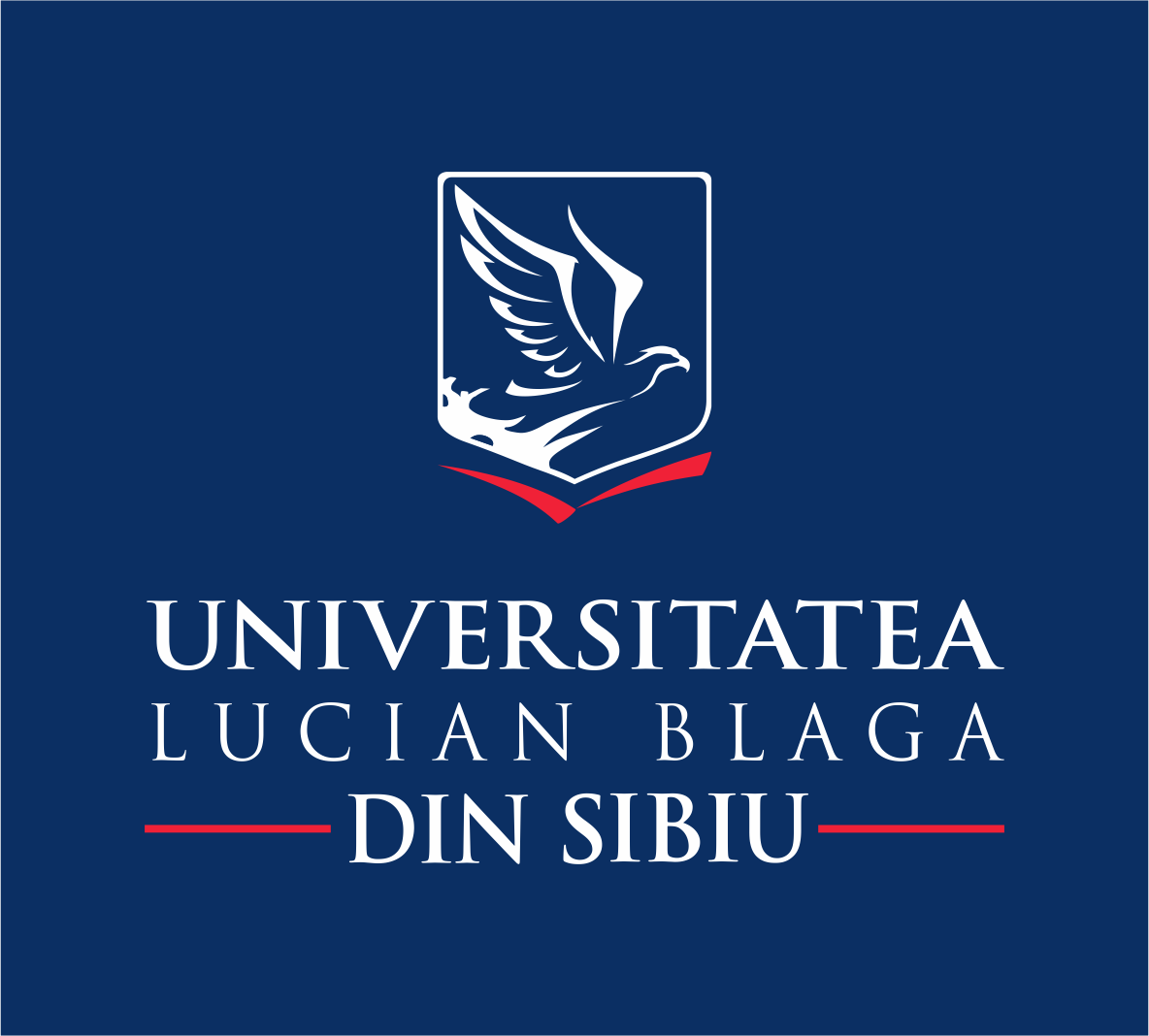The objective of the project is to research the perspectives of Ukraine’s recovery, reform, and post-war reconstruction on its path towards integration into the EU and formulate strategic recommendations for securing the region.
The project is aimed at developing the Science-Based Concept for the implementation of the Sustainable Development Goals (SDGs) for Ukraine until 2030 on its way to EU integration. The uniqueness of the development is seen in the involvement of quantitative assessment of the impact of global threats (such as the war consequences, and the change of the geopolitical scale) on the basic PESTLE systems of the state. It is proposed to consider the sustainable development in PESTLE dimensions under the national security framework: through the prism of maintaining the national strength of the country and the EU, generally, and in ensuring the preventive capacity (ability) of the EU-Ukraine for current and future challenges and threats of a similar nature. PESTLE dimensions are seen in the analysis of political, economic, social, technological, legal, and environmental aspects. The use of a quantitative approach (including modelling), risk analysis, PTA, and SWOT paradigm significantly increases the objectivity of management decisions that will be proposed as the roadmap and policy recommendations of the project. The research has the ambition to make the value inward in the degree of protection of the interests of Ukrainian and Romanian citizens as the EU members; to use best practices and experience of Romania on the way to the EU. The project claims to link science and practice through the development of Concept Roadmaps for the implementation of SGSs at the local (regions, AHs of Ukraine) level as well. The two-side coordinated paradigm of the analysis (in time and geospace) is proposed to develop a relevant methodology for estimating the SDG implementation index in the regions, calculating the national security index (PESTLE dimensions), and assessing the convergence level of Ukraine toward the EU, which, unlike analogs, will be based on objective statistics, threats analysis and new legal paradigm, sound statistical apparatus.
The research team will use best-case scenarios, multiple foreseeable post-war variations, and lessons learned to suggest reforms and policy tools. Mapping the main research variables for Ukraine’s recovery and reconstruction will highlight possible trends based on aggregating national data and available indicators on Ukraine’s recovery need and capacity. An integrated regional interdependence would constitute a core principle for identifying the best interconnectivity patterns: energy, technology, business, infrastructure, and institutions.
